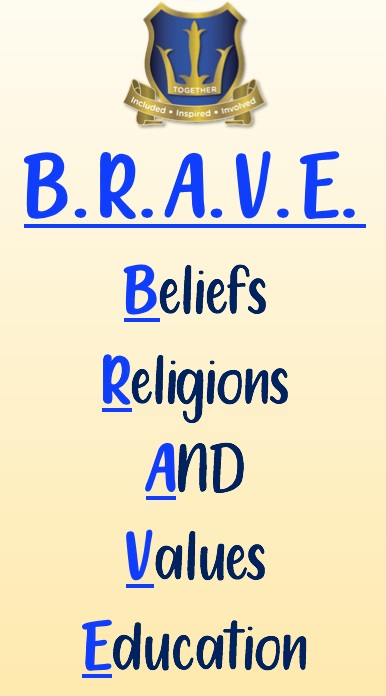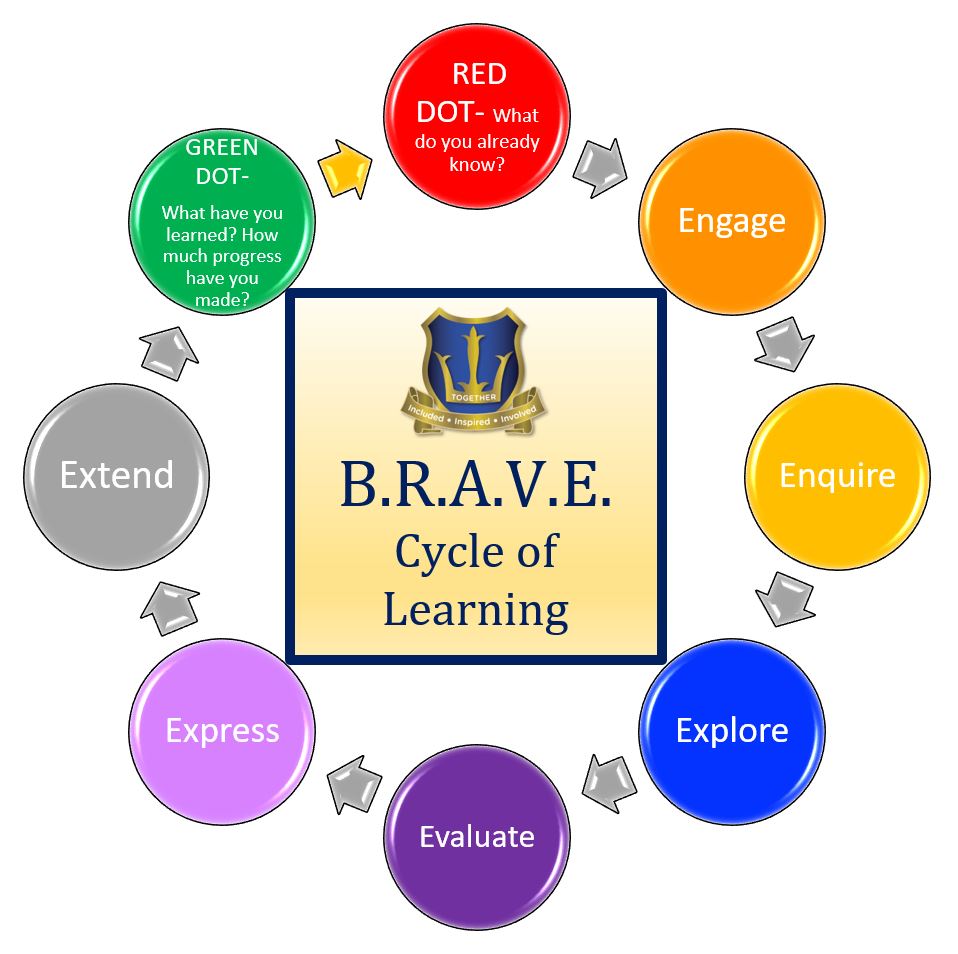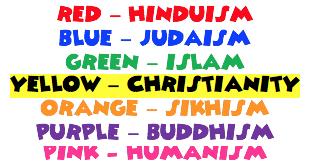
B.R.A.V.E
We are judged as an Outstanding Church School by SIAMS and R.E. is a key part of our Curriculum.
Intent
As a Church of England School, RE which we are calling BRAVE (Beliefs, Religions and Values Education) is regarded as a core subject in line with English, Maths and Science. We consider ourselves specialists at teaching RE and is has as a high profile across the school.
We decided to change the name of RE at all Saints’ after a period of consultation with the children. One child said:
“RE- stands for religious education- and it’s not just religions that what we do- we link it to our own lives!”
Another one articulated:
“We need to change the name of the subject because people get bad ideas about RE from TV”
Lots of children shared these thoughts and feelings and felt that it was time for a change.
“We are a one-of-a-kind school so let’s have a one-of-a-kind name for RE lessons”
The four key attitudes for RE from the Suffolk Syllabus: respect for all, open-mindedness, appreciation and wonder and self-awareness are fully embedded into all aspects of our BRAVE teaching and learning.
Implementation
RE is taught in weekly BRAVE sessions across the school. We follow the Suffolk agreed syllabus for RE and use the multi-faith scheme called 'The Emmanuel Project' to support our delivery of the learning themes and key concepts for all major world faiths.
The Emmanuel Project uses an ‘Enquiry Based’ Model of learning and therefore children tend to move through a cycle of learning for each unit taught as demonstrated in the diagram below:

RESPECT
As a school, we believe it is extremely important for all teachers and learners to develop a mutual respect and tolerance of those with different beliefs, religions and values. We work hard to build this into all our BRAVE lessons and promote British Values.

Evidencing Work in BRAVE
During the academic year 2018-2019 we piloted and explored class scrapbooking as a method for recording the children’s work in RE. This proved to be a very successful way to show-case the high standard of work.
“I like using scrapbooks in RE because when we have visitors- all our work gets seen and not just the best RE book. We all get to be included in RE scrapbooking.” (Year 5 Child)
Therefore, from September 2019, all classes will have a ‘BRAVE iBook’ for each unit of work they cover. They will also have an additional class ‘iBook’ to include further evidence of Spiritual Development and anything that links to the Christian Ethos of our school.
In terms of marking these books, lots of the feedback will be given verbally as these books are made with the class and there will be less formal written marking. However, progress should be clearly evidenced as we will complete a ‘red-dot’ piece of work at the start of the book and a ‘green-dot’ piece at the end. This will usually involve the class being given the enquiry question for that unit and being asked to share what they know already and what they want to learn as the red-dot task. When the unit has been taught fully, it will be expected that children can fully answer the enquiry question and explain the learning they have done. This is known as the green-dot task.
Teachers may also ask the children to rate their learning at the beginning of a unit and then again at the end. They colour code themselves against the enquiry question for that particular unit of work, this will usually be evidenced using a photograph as it is easy to visually see the progress that has been made. These are the colours:
.

Monitoring and Assessment in BRAVE
BRAVE is monitored as a core subject and assessment data is also collected at the same time as with other core subjects. We use Target Tracker for this purpose. Parents are updated 3 times a year on their child’s progress and attainment in this subject.
Colours in BRAVE
In our teaching and learning we tend to ‘colour-code’ the different religions to enable the children to make sense of their learning by adding an associated colour and symbol. The children’s work will be presented in a coloured scrap-book depending on which religion is being studied.
The children helped choose these colours red for Hinduism as Hindu brides often wear red, blue for Judaism as the Star of David is often blue and Green representing Islam which is said to have been Muhammad’s favourite colour. Yellow was the colour chosen for Christianity as the children talked about wanting it to be a bright colour that stood out that represented Jesus- the light of the world. Orange was the colour chosen for Sikhism which is the colour of the Nishan Sahib flag. Finally, purple was chosen for Buddhism and Pink for Humanism

In addition to these optional visits, during their school career at All Saints’, pupils will also have the opportunity to visit other Christian places of worship locally to enhance their knowledge of Christianity and the wider ‘church’. These places may include: All Saints’ Church (our school church), St Mary’s Church, the Catholic Church Of Our Lady & St Etheldreda and others.
Impact
We believe that RE teaching is thorough, methodical and well evidenced. Pupils enjoy BRAVE at All Saints’ and value the importance of this subject. They achieve well and assessment systems are well established.
Our RE Subject Leader shares her expertise with staff in school and the wider community through the MAT and has given training as part of the Diocese training support package through speaking at various conferences. Some of these powerpoint presentations and resources can be accessed here on our CPD page.